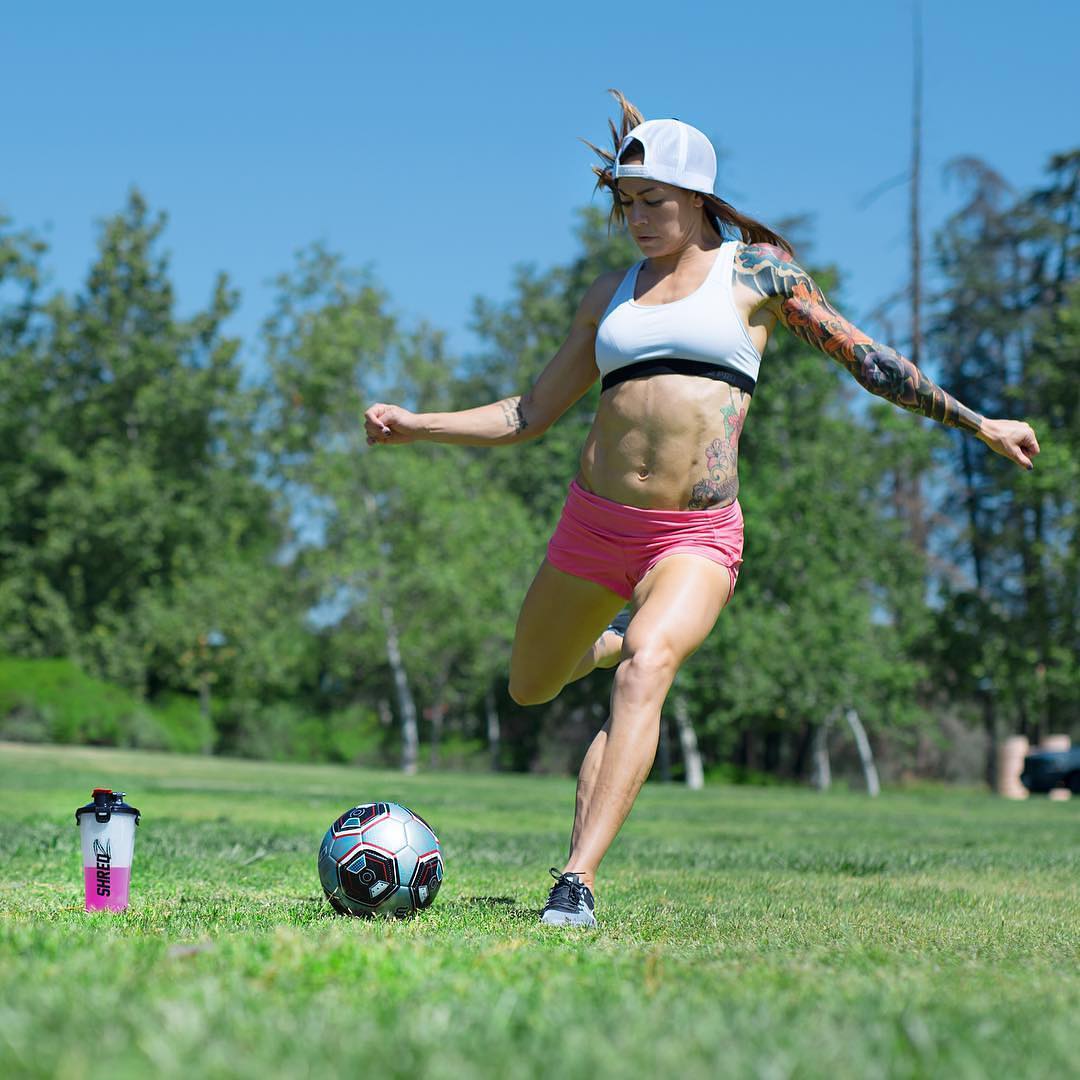No Products in the Cart


Gaining muscle is a science. It takes a three-pronged approach to make sure all the time and effort you put in is effective for packing on mass.
Nutrition:
Lets save ourselves some time and just assume that you already eat a fairly clean, high-protein diet, split up evenly over every few hours. If you don;t thats where you need to start.
Muscle needs 2 things from your diet: calories and protein.
Muscle needs calories in order to survive. Putting on muscle means there needs to be a net gain of calories, so aim to consume an extra 500 calories per day. While you can technically eat anything, fueling for growth is the goal, so its better to target the right kinds of macros. Focus first on protein and then on complex carbohydrates from whole food sources, but you can always opt for a weight-gainer shake in a pinch.
Instead of choosing your meals based on what sounds good to you in the moment, think with your brain, not your taste buds. The most important part to building muscle will always be protein, so choose it first. Whether its chicken, steak, fish, or eggs, each meal should include 30-40 grams of protein. Then you can worry about how youd like it to taste and what youd like to go with it.
Workouts:
Putting on the most amount of muscle comes down to recruiting the most amount of muscle. Multijoint exercises are the ones in which the movement is taking place in more than a single set of joints and are the best use of your time. Multijoint exercises will; not only give you a better strength stimulus, but theyll also enhance your muscle-building hormonal output. Become familiar with as many multijoint exercises for each muscle group as you can and make them the backbone of your routine. The best place to start? The big 3: squat, bench press, and deadlift.
Choosing the right exercises are half the battle; the other half is doing them with the correct form, with the correct amount of weight for the correct amount of reps. The intensity of your workout is directly linked to the natural release of testosterone with stimulates muscle growth. 3-4 sets of 3-4 exercises per muscle group will create a muscle-building routine that will pack on mass from head to toe. The 8-12-rep range—with enough weight to achieve muscle failure on the last rep while using good form—is best for putting on size, while 6 or fewer reps works to increase your strength levels.
Recovery:
Workouts are when you damage your muscles but rest is when they actually grow stronger. Schedule your rest days the same as your workouts- they are just as important. Let muscle groups heal at least 24 hours before calling on them during training again and take at least 1 full day off per week. Dont skimp on your sleep: Deep sleep is when your growth hormones are released, plus youll be well rested and motivated for your next workout.
Active recovery is also an essential tool. Learn to love stretching and the foam roller, or find someone to guilt trip into some light massage. All three recovery methods will improve blood flow to your muscles which will speed up recovery and help the muscle fibers from growing together too tightly which can limit range of motion and thus, performance.
Someone purchsed a